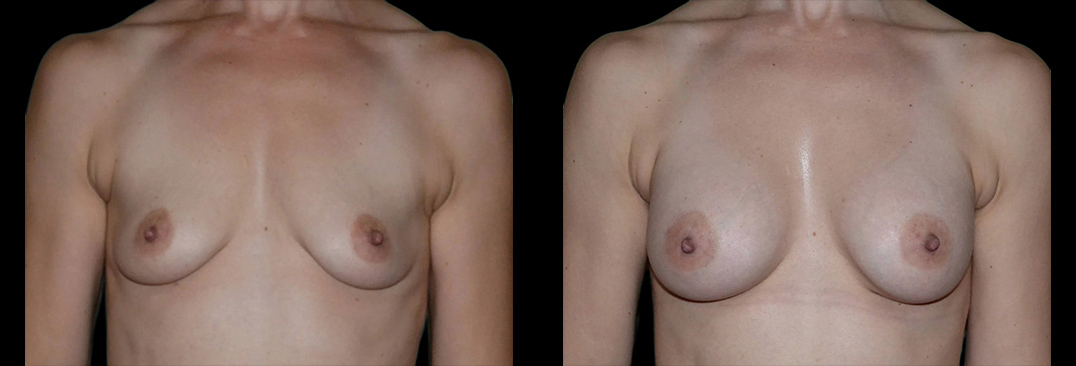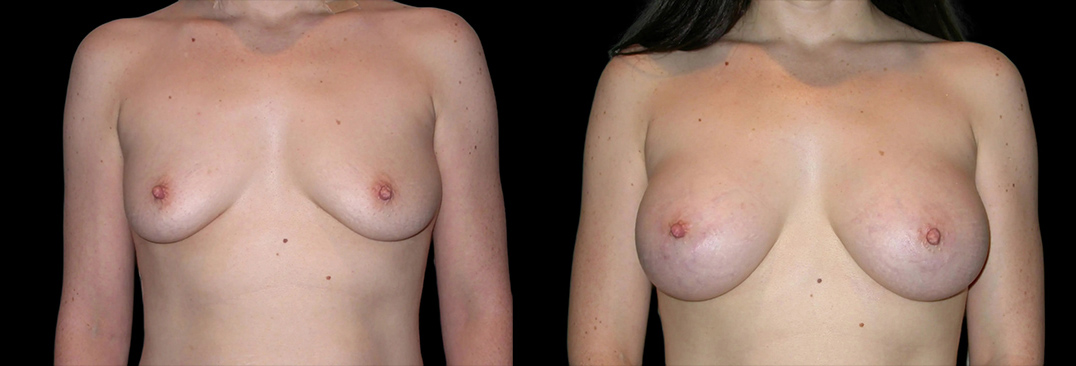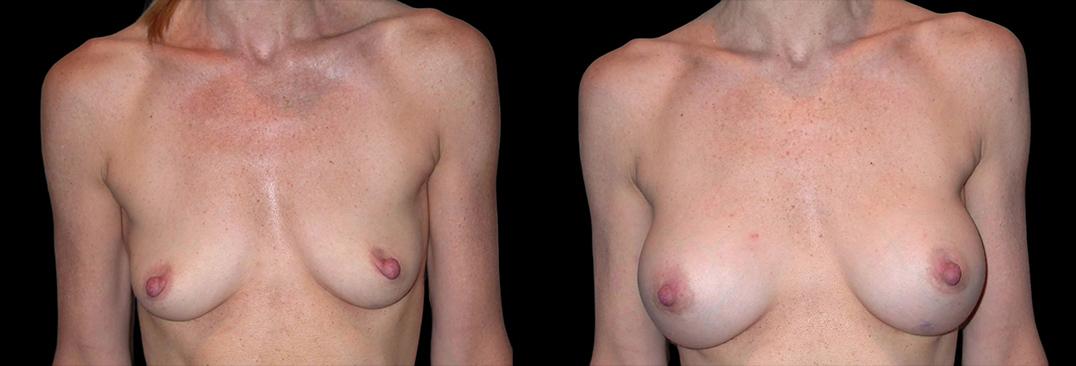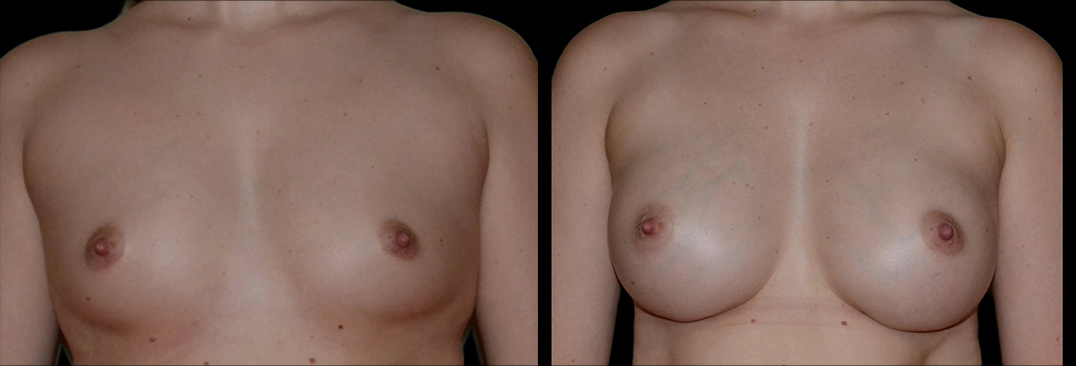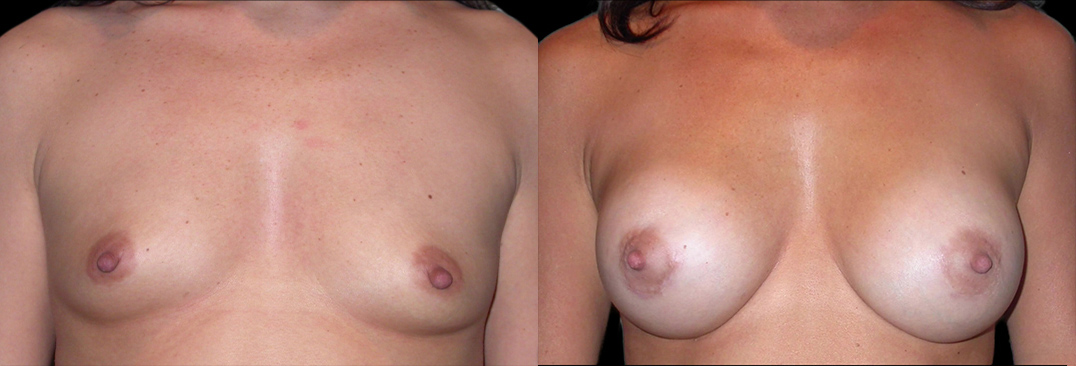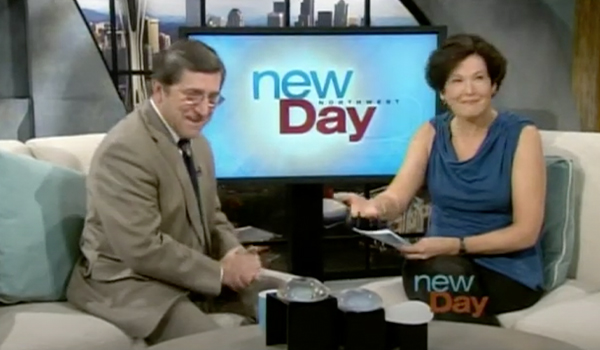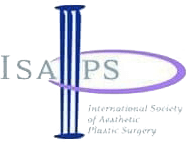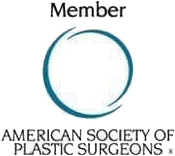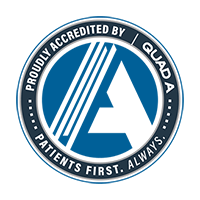Achieve your ideal breast shape and size with breast enhancement at Bellevue Plastic Surgeons. Led by Dr. George Marosan, this procedure enhances volume, corrects asymmetry, lifts sagging breasts, and restores fullness after pregnancy or weight loss. Dr. Marosan’s expertise ensures natural-looking results tailored to your unique goals.
“I couldn’t be more pleased with my experience and the results. My breasts are so soft and natural.”
– Patient
Plan Your Procedure
Surgeon & Facility Fees
Recovery Time
Average Procedure Time
Post-op Follow-up
Procedure Recovery Location
Additional Services & Pricing
*Includes Surgeon's Fees and Facility Fees
Saline Breast Augmentation
Silicone Breast Augmentation
Gummy Bear Options
Breast Augmentation with Lift
En Bloc Implant Removal With Capsular Resection
What Does Breast Enhancement in Bellevue Entail?
Breast augmentation, commonly called a boob job, can enhance and enlarge your breasts using two possible methods: implants or fat grafting. Whether you choose saline or silicone gel implants, implants allow for a customized approach to increase size and improve breast shape. If you’re seeking a more natural look and feel, your own fat can be used to enhance your breasts by one cup size. Dr. Marosan will collaborate with you to select the most appropriate method, implant type, texture, shape, and size to achieve your desired outcome.

What Are The Benefits Of Breast Augmentation in Bellevue?
- Enhanced breast size and shape
- Enhanced cleavage and breast projection
- Improved symmetry and balance between breasts
- Ability to correct congenital breast deformities or asymmetry
- Restored volume lost due to aging, pregnancy, or weight loss
- Customizable options with different implant types, shapes, and sizes
- Minimal scarring with advanced techniques
- Quick recovery with 24-hour fast recovery methods
- Long-lasting, natural-looking results tailored to individual goals
- Option for a natural look using fat grafting instead of implants
Visualize Your Results
With Vectra 3D technology, you can see a preview of your potential breast augmentation results before surgery. During your consultation, Dr. Marosan will capture precise 3D images of your breasts and chest wall. These images are then used to create a detailed simulation of how different implant options will look on your body. This advanced technology allows you to make informed decisions, ensuring your final results align perfectly with your vision.

Implants vs. Fat Grafting in Bellevue
Breast Implants
Breast implants are ideal for women seeking significant enhancement in breast size and shape. Implants come in a variety of types, including saline and silicone. Saline implants are filled with sterile salt water and are often more affordable, while silicone implants provide a more natural feel with cohesive gel filling. Breast implants are highly customizable, allowing you to choose the shape, size, and texture that best fits your aesthetic goals. This method ensures a dramatic and long-lasting transformation.
Fat Grafting
Fat grafting offers a more natural alternative to traditional implants by using your own body fat to enhance breast size. During this procedure, fat is harvested from areas like the abdomen, thighs, or flanks through liposuction, purified, and then injected into the breasts. This technique results in no visible scarring and provides a subtle increase in volume, typically around one cup size. Fat grafting is ideal for women who desire a more natural look and feel.
Saline vs. Silicone Implants
Saline Implants
Saline implants are filled with sterile saltwater, making them a reliable and safe option. One benefit of saline implants is that any leakage is easily detected, and the body can safely absorb the saline solution. These implants are also more affordable than silicone and can be adjusted for size during surgery. However, they may be more prone to rippling, especially in women with thinner breast tissue, and may not provide as natural a feel as silicone implants.
Silicone Implants
Silicone implants mimic the natural feel and appearance of breast tissue. Filled with a cohesive gel, these implants come in various shapes and sizes, allowing for a highly customized result. While silicone implants are generally more expensive, they are less likely to ripple and provide a more natural look, particularly in women with less breast tissue. However, they require regular MRI screenings to monitor for silent ruptures as they do not visibly deflate like saline implants.
What To Consider When Getting Breast Enhancement in Washington
Manufacturers
When choosing breast implants, it’s important to consider the manufacturer. Several FDA-approved manufacturers offer high-quality implants. Dr. Marosan uses implants from reputable brands such as Natrelle and Inspira by Allergan, as well as Mentor, both of which offer silicone and saline options. These manufacturers provide a range of implant types.
Texture
Breast implants come with either a smooth or textured surface. Smooth implants are more common and move more freely within the breast pocket, which can create a more natural movement. Textured implants, often used with teardrop shapes, adhere to the surrounding tissue, helping to maintain their position and reduce the risk of capsular contracture. The choice will be made based on your desired outcome and Dr. Marosan’s recommendations.

Profile
Breast implants come in various profiles, which determine how much the implants project from the chest and how wide they are. The selection of the profile is based on your desired level of enhancement and how it fits with your chest’s natural dimensions. Options range from low to extra-high profiles, with higher profiles offering more projection but less width. Dr. Marosan uses the Vectra-3D camera system to simulate how different profiles will look on you so you can control the specifications for your breast enhancement.
Placement
Implant placement is another crucial consideration. Implants can be placed either on top of the chest muscle (subglandular) or underneath it (submuscular). Submuscular placement is often preferred, especially for women with thinner breast tissue, as it offers a more natural look and better coverage. This approach also reduces the visibility of the implant’s edges. Dr. Marosan’s specialized technique minimizes the potential for implant movement.
Incision
There are several standard incision types for inserting breast implants. The most common is the inframammary incision, located in the fold under the breast, which offers excellent access for precise implant placement. Another option is the periareolar incision, made around the edge of the areola, which can be less visible. The choice of incision type depends on your anatomy, the type of implant, and your personal preferences.
During Breast Enhancement Surgery in Bellevue
Your breast augmentation surgery begins with intravenous sedation to ensure you remain comfortable. Dr. Marosan then administers tumescent local anesthesia, which numbs the area and reduces bleeding. A small incision is made based on the pre-discussed plan, typically in the breast fold or around the areola. Through this incision, Dr. Marosan carefully performs a gentle cautery dissection, avoiding the ribs and minimizing tissue trauma to ensure zero bleeding. Once the pocket for the implant is created, Dr. Marosan uses the Keller funnel, a no-touch technique, to insert the implant without it coming into contact with your skin or surrounding tissues, reducing the risk of contamination. No drains are required, and prior to the surgery, Botox is injected into the chest muscles to minimize tightness and spasms post-surgery. The incision is then meticulously closed, and you’ll be ready to start your recovery. Book a personalized consultation to discuss breast enhancement in Bellevue today.

After Surgery
After your breast augmentation surgery, you may experience some swelling, minimal bruising, and a feeling of tightness as your skin adjusts to the new breast shape.
Dr. Marosan does not require compression bras, allowing for a more comfortable recovery. Most patients can resume normal activities within 3-7 days, though you should avoid strenuous workouts for 4-6 weeks. Over the next 3-6 months, your breasts will gradually soften, and the final shape, feel, and placement will settle in, revealing your enhanced appearance.

Breast Augmentation Frequently Asked
Questions
Should I Choose Natural or Artificial Augmentation?
This depends on your unique anatomy and goals. If you opt for implants, you can choose between saline or silicone. Silicone is often preferred for women with thinner breast tissue due to its natural feel, while saline is a reliable and less expensive alternative. Fat transfer involves using your body’s fat for enhancement, and it typically increases breast size by about one cup.
Are Silicone Implants Safe?
Yes, silicone implants are safe. There were some concerns about silicone leakage in the early 1990s, but those have been addressed through advancements in implant design. Today’s silicone implants are made with cohesive gel, which stays intact even if the outer shell ruptures. The FDA has approved these implants, and they are often preferred for their natural look and feel when enhancing the size and shape of your boobs. However, regular monitoring through MRI is recommended to ensure implant integrity.
Should I Get a Breast Augmentation or a Lift?
Breast augmentation and lifts serve different purposes. Augmentation increases breast size and fullness, while a breast lift tightens and raises sagging breasts. In some cases, both procedures can be performed simultaneously if you need both increased volume and correction of drooping. Dr. Marosan will help you decide the best approach based on your goals and breast anatomy.
What Happens if a Silicone Implant Leaks?
If a silicone implant leaks, the cohesive gel inside remains intact, preventing it from spreading into your body. While a leak might not cause immediate visible changes, it’s important to monitor your implants with regular MRI scans. The FDA recommends an initial MRI three years after surgery, followed by scans every two years. These regular scans help detect any silent ruptures, ensuring that your implants remain safe and intact over time.
How Often Do Implants Need to Be Replaced?
Implants typically do not need to be replaced unless there is an issue. Most manufacturers offer a warranty for up to 10 years, but as long as the implants show no signs of damage, such as rippling or deformity, they can last much longer. Regular check-ups will help ensure your implants remain in good condition, and replacement is only necessary if a defect is detected.
Breast Augmentation at Bellevue Plastic Surgeons
Related Videos
Why Choose
Dr. Marosan For Your Breast Enhancement in Bellevue?
- Dr. Marosan is a board-certified plastic surgeon with over 30 years of experience performing aesthetic breast surgery.
- He has advanced training in breast augmentation techniques, including implant placement and fat transfer.
- His results are known for being natural, proportionate, and tailored to each patient’s goals.
- Dr. Marosan personally guides you through every step, from consultation to recovery.
- He remains directly accessible 24/7 after surgery to support your healing and comfort.
- He holds staff privileges at Overlake Medical Center for added clinical support and safety.
- All procedures are performed using IV sedation rather than general anesthesia for a safer, more comfortable experience.
- Surgery takes place in our fully accredited, private on-site surgical suite for convenience and privacy.
- Our rapid recovery protocol is designed to minimize downtime and help you resume daily activities sooner.
- Dr. Marosan is a member of ASPS, ASAPS, and ISAPS — leading societies that only accept board-certified plastic surgeons.
